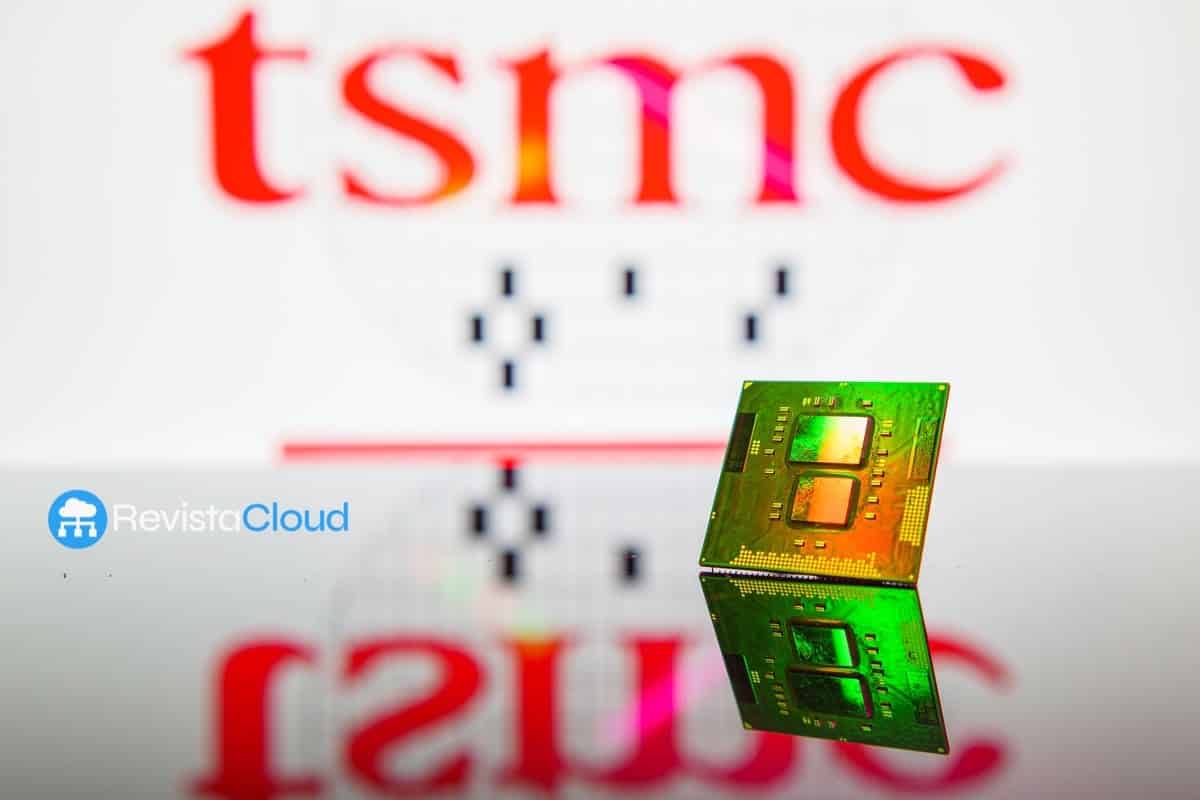In the competitive world of semiconductors, each new technology node represents a significant leap in creating faster, more efficient, and smaller chips. Currently, the industry is focused on the development of the 2 nm node, expected to debut in the coming years. Meanwhile, NVIDIA, one of the most influential tech giants, is reportedly considering a strategic shift: opting for the 2 nm from Samsung Foundry instead of TSMC (Taiwan Semiconductor Manufacturing Company) due to the high costs associated with the latter. This move could mark a significant turning point in the semiconductor supply chain.
TSMC: the undisputed leader, but expensive
TSMC has dominated the semiconductor market for years due to its ability to produce technologically superior nodes. Companies like Apple and AMD have relied exclusively on the Taiwanese firm to manufacture the most advanced processors on the market. However, innovation comes at a price: developing smaller nodes like the 2 nm involves a colossal investment in R&D, manufacturing, and machinery, resulting in high costs for customers.
According to reports, TSMC’s prices have begun to raise concerns among key clients like NVIDIA, who are looking to diversify their supply chains to reduce expenditures. This strategy could not only lower costs but also mitigate risks in a context where geopolitical tensions in Taiwan create uncertainty in supply chains.
Samsung Foundry: a more economical alternative
In contrast to TSMC, Samsung Foundry has gained ground as the second most relevant option in advanced semiconductor manufacturing. While Samsung still does not match TSMC’s performance and reliability in advanced nodes, it offers more competitive pricing, which is appealing to companies looking to cut costs.
Rumors suggest that NVIDIA is considering using Samsung’s 2 nm node for its chips, especially those intended for devices with lower performance demands, such as budget laptops or mid-range solutions. This move would reflect a strategy similar to that of Qualcomm, which plans to adopt a “dual-supplier strategy,” utilizing both TSMC and Samsung for its 2 nm production needs.
The future of 2 nm and technological challenges
The 2 nm node represents the next frontier in semiconductor miniaturization, but its mass implementation is still far off. TSMC is expected to finalize its 2 nm process by 2026, a timeline that giants like Apple will also follow. Samsung, although it has not yet reached TSMC’s level in terms of performance and yield rate, continues to invest in improving its process to compete more aggressively in this segment.
Another company seeking to enter the 2 nm market is Rapidus, a Japanese company still facing significant financial and technological challenges in catching up with TSMC and Samsung. While it is currently far from being a serious rival, its presence adds a third competitor in a market historically dominated by TSMC.
How will this affect NVIDIA and the industry?
NVIDIA’s potential shift towards Samsung Foundry could have important implications for the industry:
- Pressure on TSMC: If key clients like NVIDIA choose to diversify their supply chains, TSMC may be forced to reconsider its pricing or adopt more competitive strategies.
- Increased competition: Greater adoption of Samsung and potentially Rapidus would foster a more competitive environment in the advanced node segment, benefiting customers by offering more options and better pricing.
- Diversified production strategies: Companies like Qualcomm have already shown interest in using different suppliers for various types of chips, maximizing cost efficiency and mitigating supply risks.
- Impact on consumers: If NVIDIA manages to reduce costs by using more economical nodes, this could translate into more affordable products for consumers, such as graphics cards and AI chips.
Risks and considerations for NVIDIA
While opting for Samsung Foundry could reduce costs, this move is not without risks. The reliability and performance of Samsung’s nodes have been problematic in the past, as demonstrated by its track record with clients like Qualcomm. If the chips produced by Samsung do not meet performance expectations, NVIDIA could face quality and reputational issues.
Furthermore, transitioning to new suppliers involves logistical and design challenges, as manufacturing processes differ between companies. This could slow down production or increase costs in other areas.
Conclusion
NVIDIA’s possible shift to Samsung Foundry for the 2 nm node reflects the growing need for diversification in the semiconductor industry. While TSMC remains the undisputed leader in advanced technology, high costs are pushing companies to explore alternatives to maintain their competitiveness.
This move not only underscores the economic and geopolitical tensions in the sector but also signals a shift in the balance of power among the major market players. With the 2 nm node still under development and multiple companies competing to dominate this technology, the coming years will be crucial in shaping the future of semiconductors and their impact on global technology.
via: wccftech

